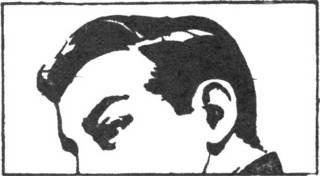Since I haven’t posted here in a while, I have a backlog of links to share. For starters, here’s a Caravan essay by Chitralekha Basu on how English turns Bengali in Kolkata. The passage I’m quoting here provides some some examples of Hobson-Jobsonism from the 19th century Bengali satire Hutom Pyanchar Naksha:
Plenty of instances of tweaking and twisting English may be found in Hootum Pyanchar Naksha, a series of vignettes published in the form of stand-alone chapbooks over 1861 and 1862, which lampooned the social mores of nineteenth-century Kolkata. In this first work of modern Bengali prose, written by Kaliprasanna Sinha under the pen name “Hootum”—screech owl, in Bengali—“subpoena” is tenderised to “sawfen,” and “phaeton” is recast as “pheting,” almost as if to resonate with the sound of its juddering journey down Kolkata’s potholed roads (which haven’t changed all that much in a century and a half). The last consonant of “warrant” is dropped to turn it into “warrin,” almost as a throwback to David Copperfield. Chemistry is fondly shortened to “chemia.”
In his sketches on Kolkata’s social life, Sinha reinvented “catechist” as “Catty-Christ.” “Jackson” was rendered “Jakh Sen,” which could pass as a Bengali name. “Tartar emetic” was compressed to “Tartametic”—suggesting that this vomit-inducing medicine, often administered to patients suffering from the deadly kala-azar, was both quick and efficient—and the words “grand jury” were transliterated to something sounding very close to “grandeur.”Basu has previously translated Kaliprasanna Sinha’s work into English under the title Sketches by Hootum the Owl: A Satirist’s View of Colonial Calcutta. The foreword is by the novelist Amit Chaudhuri, whose observations on Sinha’s racy chalit style (‘all imagery and language, in a way that at once looks forward to the world of modernism, especially to the great novels about cities—Ulysses comes to mind—which increasingly abandon the notions of character, description, and subject-matter, and become predominantly an efflorescence of language’) can be found here.

No comments:
Post a Comment